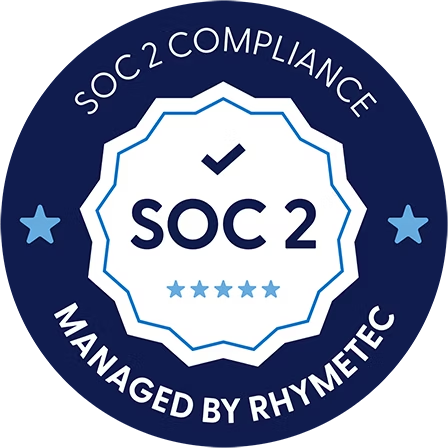Marketers are meticulous about budgets, creative, and campaign timing. Yet, one of the most influential factors in performance—data accuracy—too often gets little more than a passing glance. The result is a silent performance tax paid of wasted impressions, underperforming campaigns, and money funneled to the wrong audiences or audiences that don’t even exist.
This trust gap is only widening. Fortunately, there’s a relatively easy way to address it that benefits all.
Not All Data Is Created Equal
Data is often spoken about as if it’s either good or bad. In reality, most datasets are a blend: some records are accurate, some are off by a little, and some are flat-out wrong. The problem is, until recently, there’s been no easy way to tell which is which. Buyers and sellers have been making high-stakes decisions blindfolded.
At issue is an enduring emphasis on quantity over quality… a symptom of a market where the incentive is to fill every targeting bucket to the brim, with accuracy taking a back seat.
How Inaccurate Data Enters the System
Volume is easy. Accuracy is hard. Identifying people with precision—across demographics, behaviors, and life stages—is inherently difficult. What’s more, the economics incentivize more over better. You can’t blame data providers for giving customers what they’ve asked for.
But once this inaccurate data starts moving through the programmatic supply chain—onboarded, transformed, and resold—it degrades further. Accuracy can plummet from 90% at the source to under 30% by the time it reaches a media buyer’s dashboard.
Device IDs and IP Addresses: Flawed Foundations
Part of the issue lies in our over-reliance on proxies like device IDs, cookies, and IP addresses. These identifiers are transient, often shared, and easily misinterpreted.
- Device IDs come and go in a constant churn.
- IP addresses may represent dozens of households, sometimes over a hundred in multi-unit dwellings.
- Cookies were never designed for cross-site tracking. They were built for login persistence.
Layer enough of these shaky assumptions together, and you end up with a compound accuracy problem where each step of identity resolution has its own margin of error that, when multiplied, can reduce accuracy to single digits.
The Walled Garden Challenge
In walled gardens—think Google, Meta, Amazon—identity resolution is near perfect. They have a direct relationship with logged-in users and don’t contend with the fractured, multi-hop data supply chain of the open web. This gives them a formidable advantage in targeting precision and campaign performance.
If the open web wants to compete, it needs a shared truth standard for identity data. Without it, brands will continue to funnel dollars toward platforms that can simply promise (and deliver) higher accuracy.
The Case for Collaboration
This isn’t a challenge that any one player can solve. Data providers, publishers, agencies, and brands need to work together to create an industry-wide standard for measuring and activating audiences based on accuracy. When everyone is aligned on what’s “real” in an audience segment, the benefits ripple outward:
- Brands see better ROI by cutting wasted impressions.
- Publishers can charge more for inventory backed by verified audiences.
- Consumers get more relevant, less intrusive ads.
Looking Ahead
The path forward is about transparency and choice. If audience segments carried a clear, trusted “accuracy grade,” buyers could make smarter decisions about when to pay for premium-grade data and when a lower-rated dataset might suffice for a broad awareness campaign.
Our vision is simple: an open programmatic marketplace where every participant can see the truth about the data they’re using. Not just the size of the audience, but its integrity. Because in a market where billions are at stake, truth isn’t just good ethics—it’s good business.
Learn more about Truthset solutions for data providers, brands and agencies, publishers and CTV, and other platforms.

